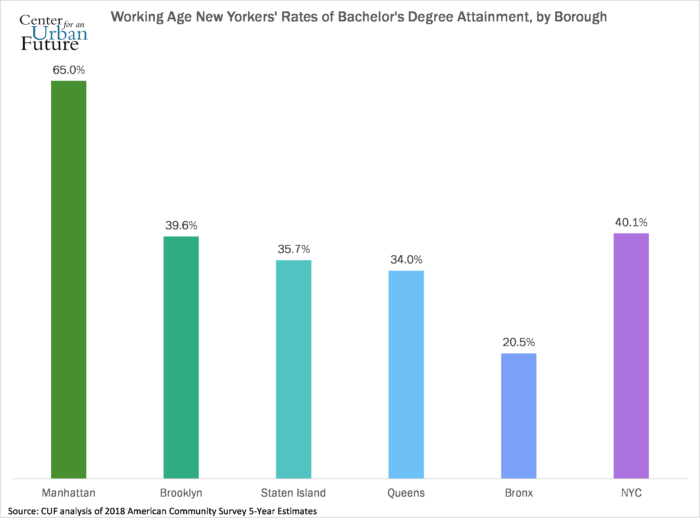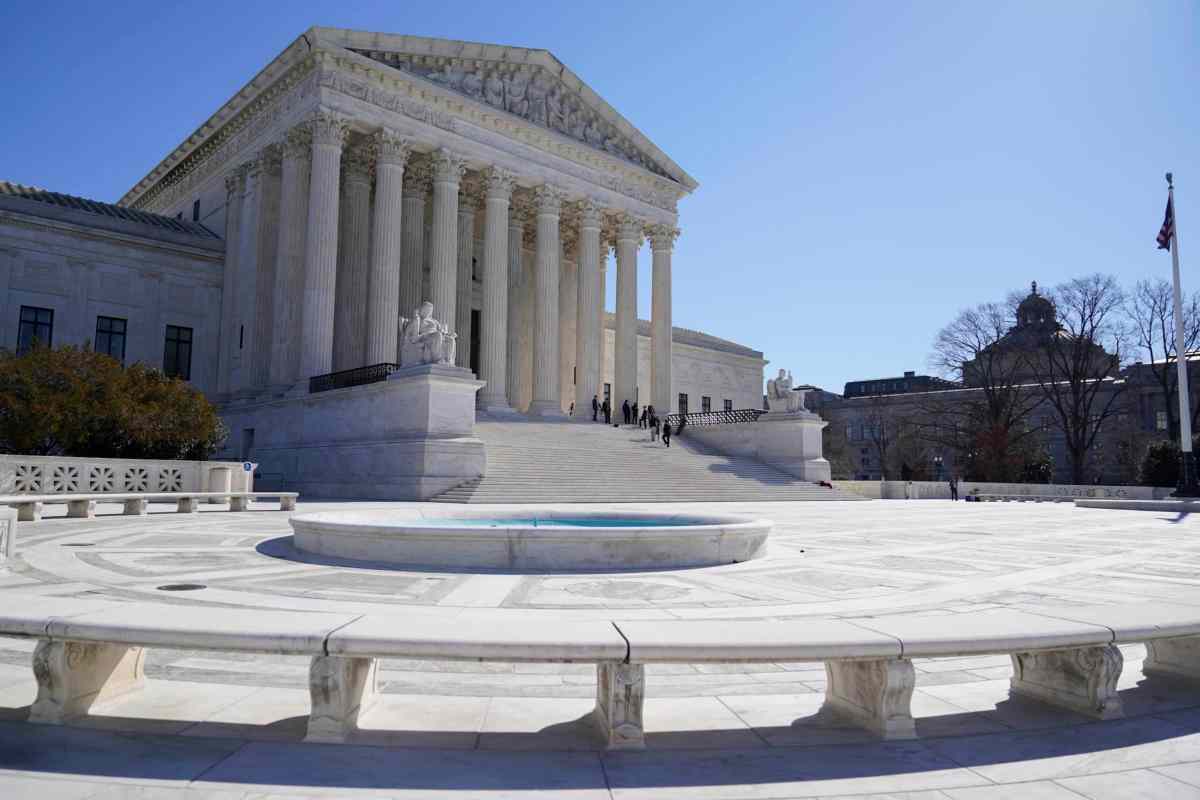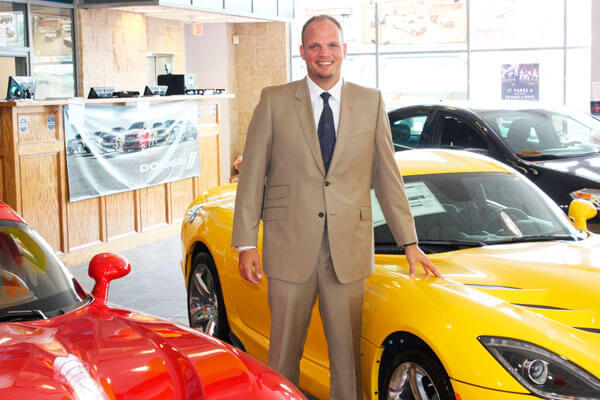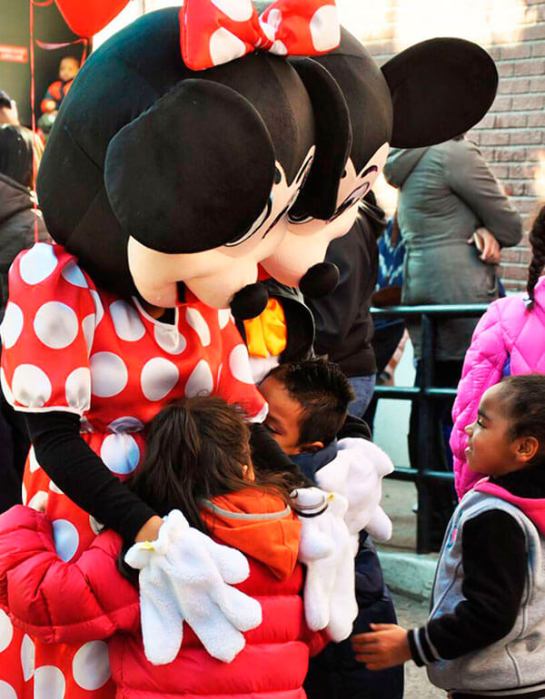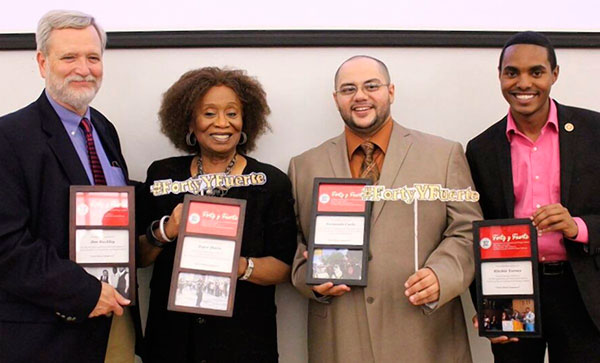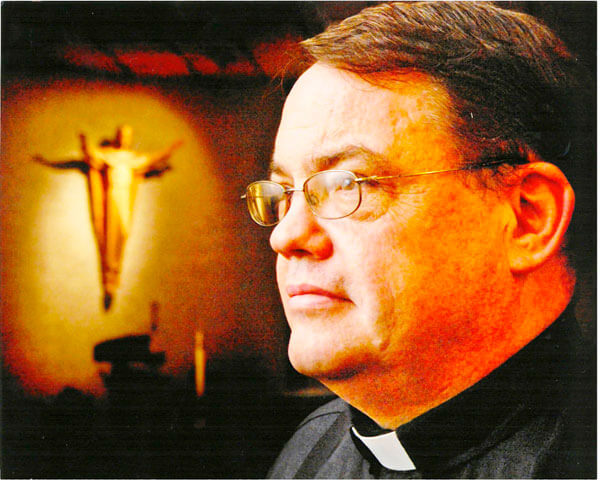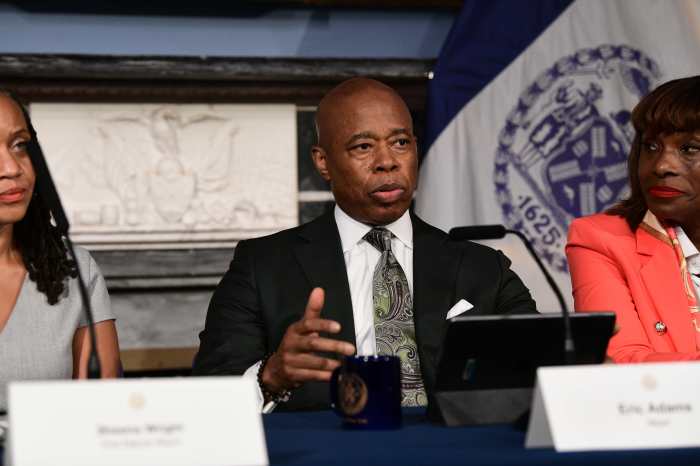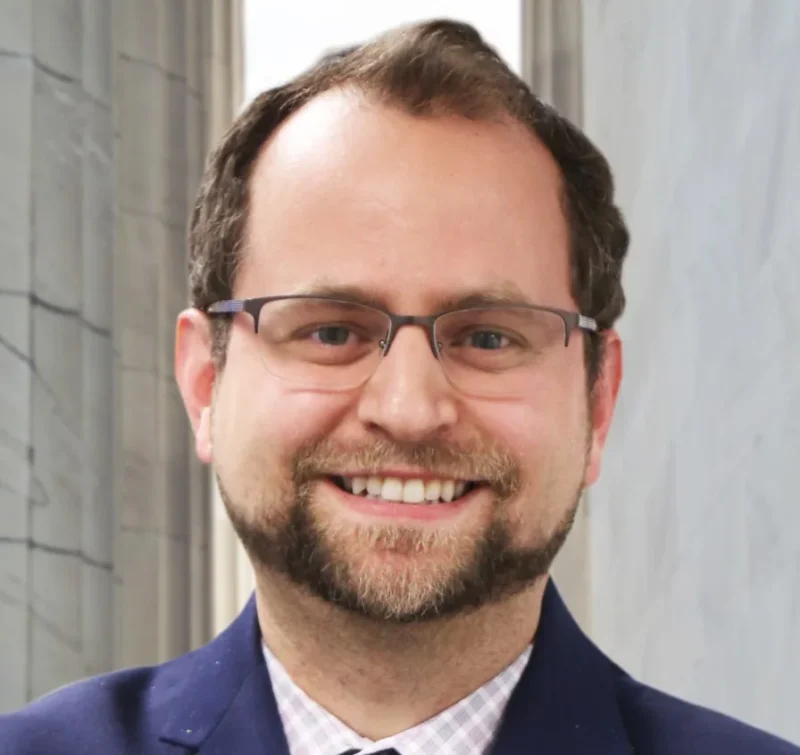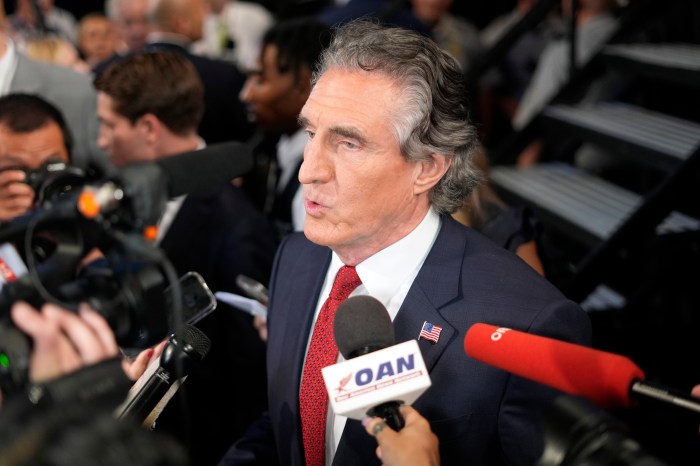A new report reveals glaring disparities in college attainment by race and neighborhood in the Bronx and across New York City and urges mayoral candidates to set goals for closing these gaps.
The study, published Wednesday by the by the Center for an Urban Future, finds that in the Bronx, just 14.5 percent of working-age Hispanic residents and 22.2% of Black residents hold at least a bachelor’s degree, compared to 37% of Asian residents hold 43.2% of white residents.
The study’s Bronx-focused findings include:
- For working-age Hispanics, the bachelor of arts (BA) degree attainment rate is below 25% in all 10 of the Bronx’s census-defined neighborhoods. For working-age Black residents, the BA attainment rate is below 25% in six of the Bronx’s 10 neighborhoods.
- In the Bronx, 20.5% of the working-age population has a BA or higher level of educational attainment. Another 8% have an associate’s degree.
- The Bronx’s BA attainment rate for working-age residents increased from 18.4% in 2008 to 20.5 percent in 2018. In total, 24,995 more working-age Bronx residents had at least a BA in 2018 than in 2008.
- The BA attainment rate for working-age adults in the Bronx is under 40% in nine of the borough’s 10 neighborhoods. It is over 50 percent in zero neighborhoods and is under 18 percent in neighborhoods.
- In the Bronx, the BA attainment rate for working-age Hispanics is lowest in Hunts Point/Longwood/Melrose (11.1 percent) and highest in Co-op City/Pelham Bay (24.7%). For working-age Black residents, it is lowest in Hunts Point/Longwood/Melrose (12.4%) and highest in Riverdale/Kingsbridge (35.6%). For working-age Asian residents, it is lowest in Bedford Park/Fordham North/Norwood (28.7%) and highest in Riverdale/Kingsbridge (57.8%). For working-age white residents, it is lowest in Morris Heights/Fordham South/Mount Hope (15.5%) and highest in Riverdale/Kingsbridge (70.4%).
The report also provides college attainment data for the city and for each borough. Overall, it finds that while New York City is home to a concentration of highly educated people, just 20% of Hispanics, 27% of Black people and 45% of Asians hold a bachelor’s degree, compared to 64% of white people.
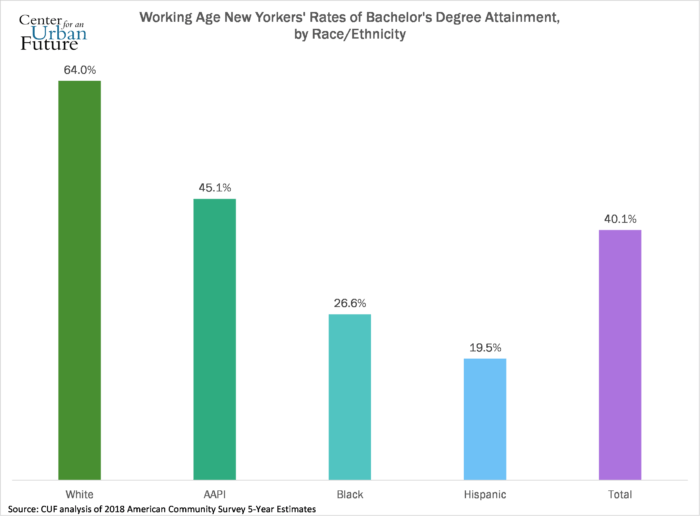
The study stresses that college isn’t the only path to good jobs and urges the next mayor to take other steps, including investments in apprenticeships, bridge programs and job training. But it also concludes that it will be difficult to create a more inclusive economy in New York without closing persistent gaps in college attainment.
It notes that the pandemic has disproportionately impacted workers without a college degree and adds that this pattern could accelerate in the months ahead given three trends in the economy that will negatively impact several industries that offer a large number of accessible jobs:
- The likelihood of a slow recovery for New York’s tourism sector,
- Deepening problems for brick-and-mortar retail as a result of the e-commerce boom and
- The acceleration of automation across a broad cross-section of the city’s industries and occupations—such as food service, logistics, construction and bookkeeping
The report calls on candidates running for mayor to set a 10-year target of achieving a 50% increase in the number of Black and Hispanic New Yorkers with a college credential–and back it up with a set of policies and investments to get there.
